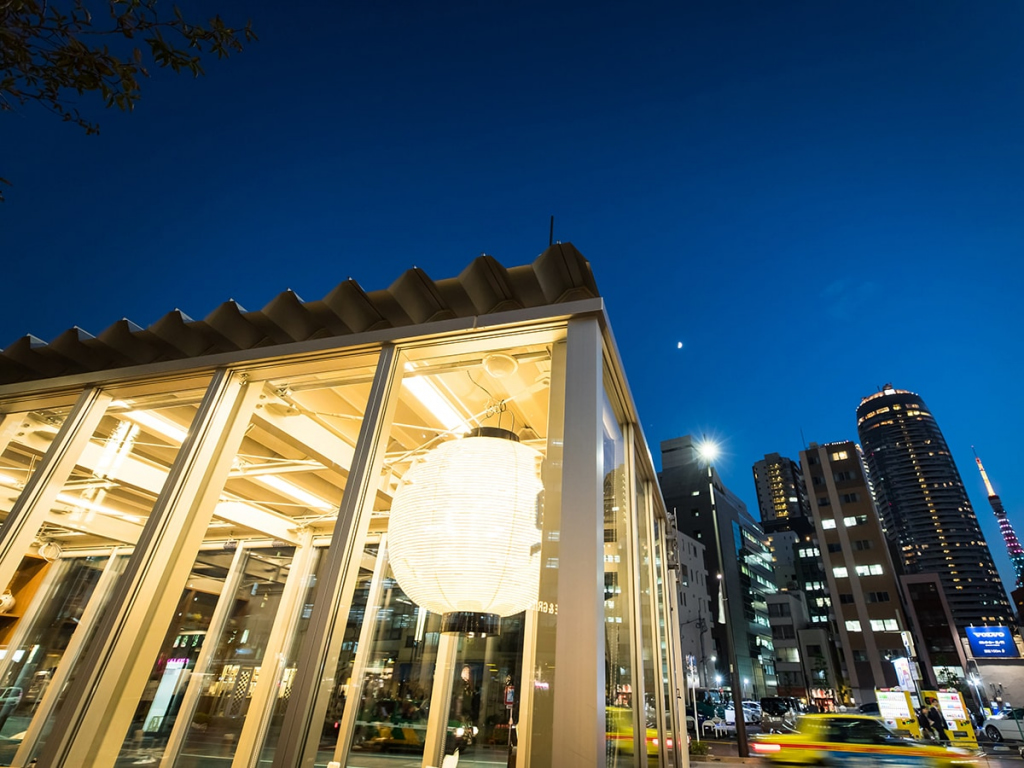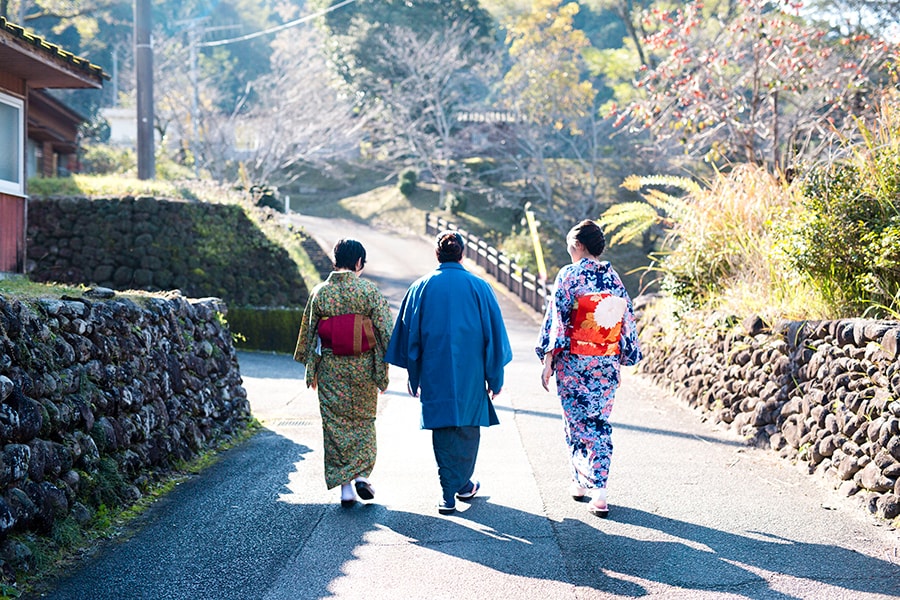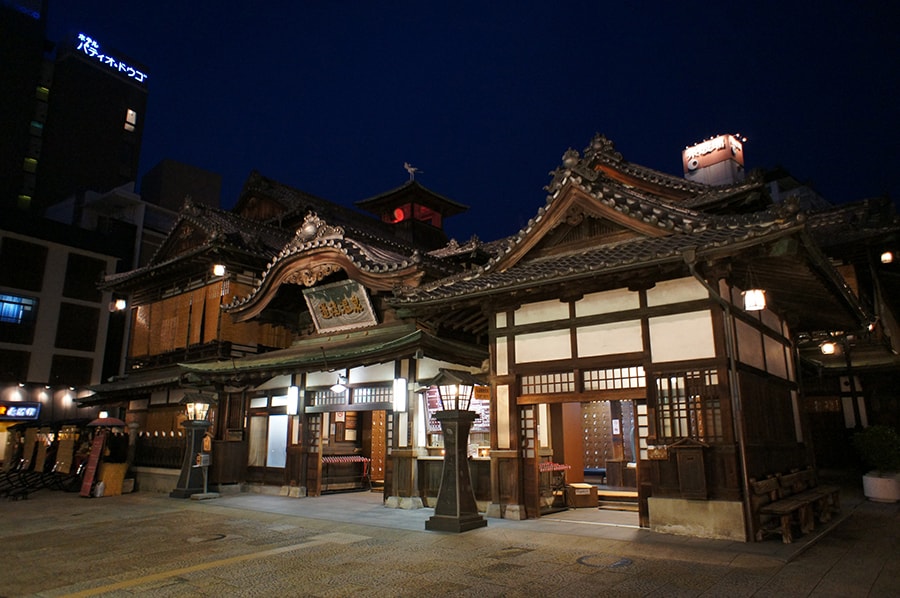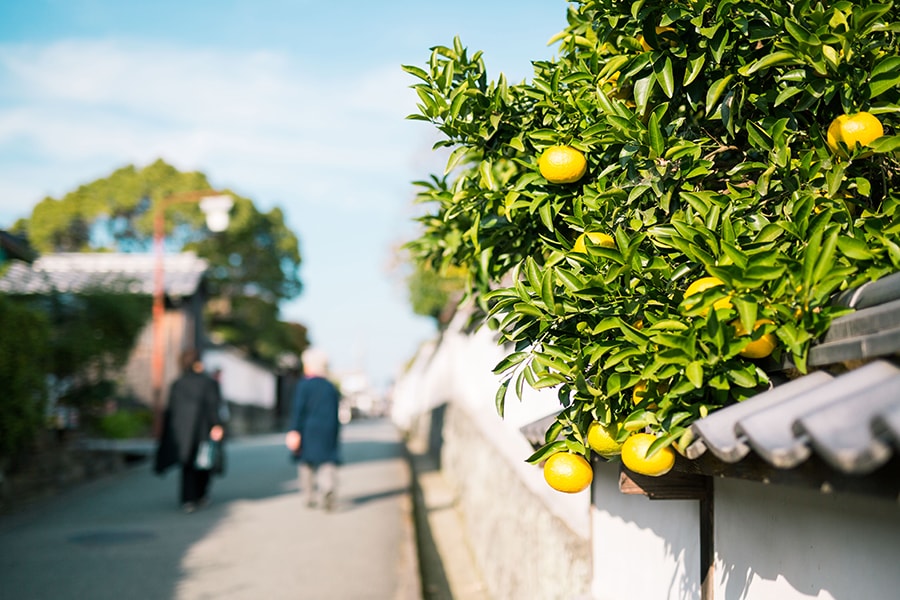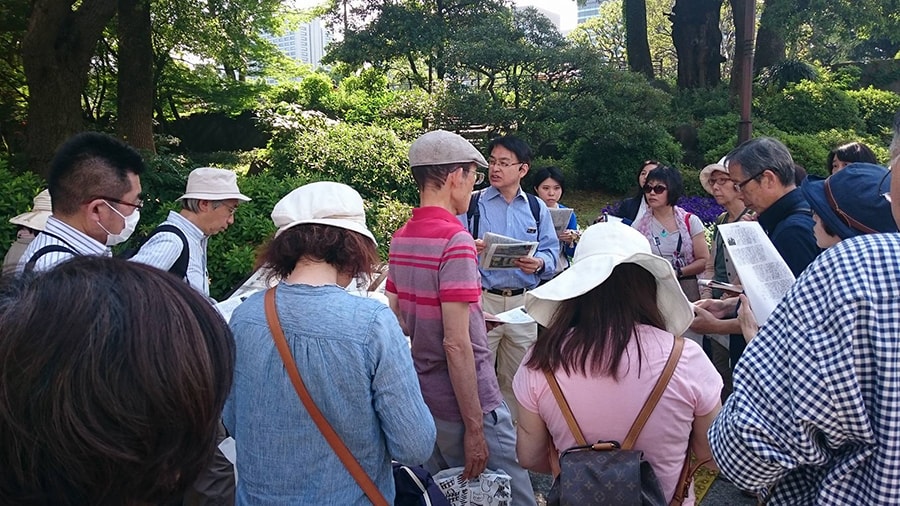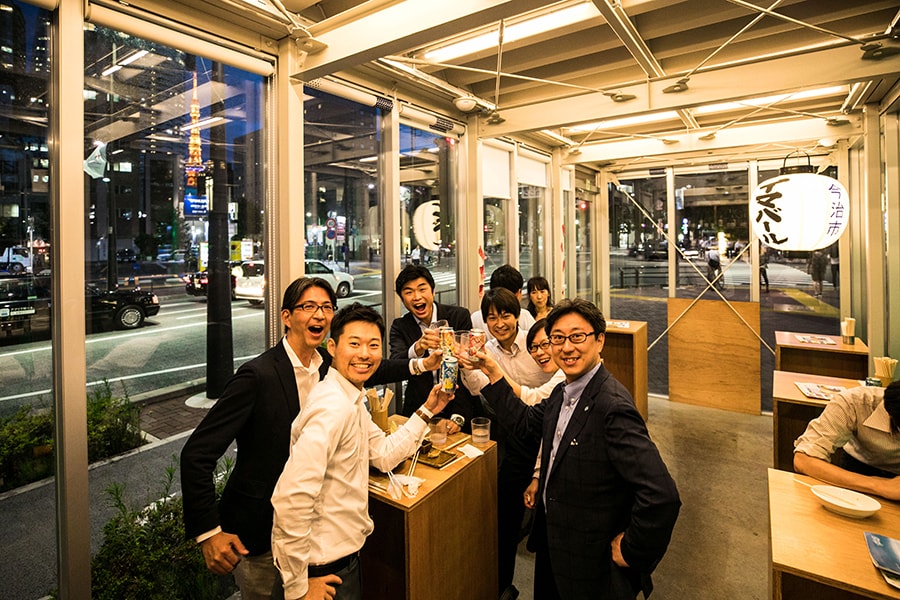Three new regions take center stage at the fourth Tabisuru Shintora Market in Tokyo.
Tabisuru Shintora Market is an ongoing event just outside Toranomon Hills that promotes regions from across Japan by introducing different cities and their arts, crafts and cuisines. The 2018 Winter Edition of the market is now under way and runs until March 30 under the theme: “The Dawn of Spring and Enlightenment.” This is both a reference to the change of the seasons and a nod to the 150th anniversary of the Meiji Restoration. Satsumasendai, Matsuyama, and Hagi are the three cities showcased during this edition, and each played a significant role during this tumultuous time in Japan’s history. Find out more about the cities that provided the keys to the nation’s modernization at three different stalls stationed at the market – and enjoy a bit of sake tasting while you’re at it.
Home to Stoic Samurai – Stall 1: Satsumasendai, Kagoshima Prefecture
In commemoration of the 150th anniversary of the Meiji Restoration, this year’s NHK Taiga drama focuses on Takamori Saigo, often referred to as the last samurai in Japan. The man is a legend in Japan for his incorruptible nature as for his dedication to his duty, despite being on the losing side against the Meiji reforms. Saigo was originally from Kagoshima City, but he spent a lot of time in Satsumasendai, which is where his beloved dog Tsun – often immortalized together with him in statues – was born. The city has many excellent onsen, including Sandaitaki Onsen, a notable favorite of Saigo himself. Just off the coast from Satsumasendai lie the Koshikijima islands, which are abundant in beautiful natural scenery.
City of Poets, Castles, and Onsen – Stall 2: Matsuyama City, Ehime Prefecture
Matsuyama City is the largest city on the island of Shikoku and the capital of Ehime Prefecture. It is the birthplace of many lauded scholars and poets, including famous haiku poets Masaoka Shiki and Takahama Kyoshi. It was also in Matsuyama’s Dogo Onsen – reportedly the oldest hot spring resort in Japan – that writer Soseki Natsume set the scene for his classic tale, Botchan. Matsuyama Castle sits on a 132-meter hill in the center of the city, surrounded by lush forests and beautiful gardens. It is one of only 12 castles in the nation that retains its original feudal era structure.
Creator of Change – Stall 3: Hagi City, Yamaguchi Prefecture
Visitors can still use Edo era maps to find their way around this beautiful preserved city. Hagi prides itself on its long history of pottery making (called Hagi-yaki) and still has about 100 working kilns around the city. This is also the home of Yoshida Shoin, an intellectual, scholar and a revolutionary whose influence set the wheels in motion for bringing the Shogunate to its knees. Though they came later, The Choshu Five (Masaru Inoue, Yozo Yamao, Kinsuke Endo, Kaoru Inoue, and Hirobumi Ito) also hailed from here, each of them taking on leading roles on the path to Japan’s modernization.
Enjoy Free Sake and Other Events
Here are a few more ways to enjoy Tabisuru Shintora Market’s concept of connecting people, food, and crafts.
Take a Walking Tour Around Shinbashi and Toranomon
Discover Hagi City’s legacy in Tokyo through a walking tour around Shinbashi and Toranomon. The tour will be led in Japanese by Shingo Dosako, head curator of The Hagi Museum and specialist in the Meiji Restoration. Some historically significant places include the University of Tokyo’s Tech Department (started with the help of Yozo Yamao, one of the Choshu Five), and the Old Shimbashi Station Railway History Museum. Masaru Inoue (another Choshu Five alumnus) is hailed as the father of Japanese railways as he contributed to starting Japan’s first railway service between Shinbashi and Yokoahama. Event attendees can enjoy some Hagi spirits and snacks after the tour, and will also receive some presents, including Hagi-yaki pottery, Hagi-nyan mascots merchandise and more.
February 24 (3pm-6:30pm), meet at Tabisuru Labo, limited to 30 people, tour will be in Japanese only, cost TBD.
Taste Regional Sake
All brushed up on your history? It’s time for a spot of sake tasting. The fourth stall at the market is the Tabisuru Sake Stand and features over 30 regional sake and shochu breweries from 15 villages, towns, and cities across Japan. Every Wednesday is Kampai with Sake Day, where there will be a themed free-flow sake service.
Indulge in Aloe
The Koshikijima islands lie off the coast of Satsumasendai and boast beautiful sweeping coastal scenery and natural resources. It was here that Ayako Shirota moved to from Tokyo in 2013 and started growing aloe to help contribute to the region. Shirota will hold a 15-minute talk about island aloe and its superfood properties, followed by a 15-minute talk on how to cultivate the plant. The final 15 minutes are dedicated to a tasting session of fresh aloe grown on Koshikijima. Participants will also learn about Koshikijima products such as aloe jam, aloe drinkable vinegar, and aloe syrup.
Feb 16 (2pm, 4pm, 6pm) and Feb 17 (11am, 2pm) at Tabisuru Labo, reservations required, free.
Pop By for a Pop-Up Party
Make new friends at a free-flow sake and shochu event at Tabisuru Shintora Market. A special, one-night-only menu will be available to pair with your drinks.
Feb 23 (5-7pm & 7-9pm) at all four Tabisuru stalls, ¥2,000 (for free-flow sake and shochu, excl. food).
Tabisuru Shintora Market
2-16 Nishi-Shinbashi, Minato-ku
www.tabisuru-market.jp
Updated On February 9, 2018

